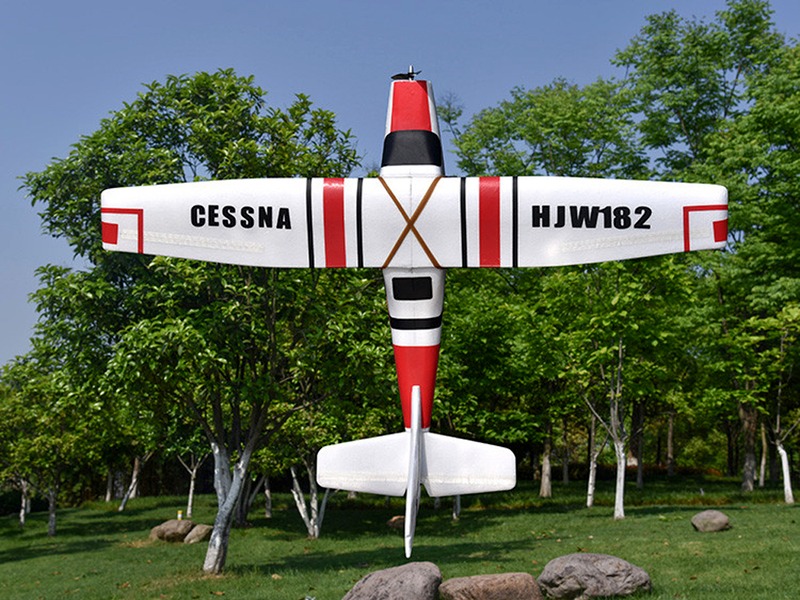Can an RC plane stall?

Yes, a Radio Controlled (RC) plane can stall. Generally, a stall is caused when an airplane’s airspeed decreases to a point where the wings can no longer generate enough lift to keep the plane airborne. This can happen when the plane is flying too slowly, when the plane is flying at too steep of an angle, or when the plane is flying in turbulent air.
In the case of an RC plane, a stall can happen in any of the same scenarios as a full-sized plane. When an RC plane is flying too slowly, the wings will not generate enough lift to keep the plane in the air, and the plane will stall. This can happen when the plane is flying too low, or when the pilot is flying too slow. Additionally, if the plane is flying at too steep of an angle, the wings will not generate enough lift to keep the plane in the air, and the plane will stall.
Furthermore, if the plane is flying in turbulent air, the wings will not be able to generate enough lift to keep the plane in the air, and the plane will stall. Turbulence can be caused by wind shear, thermals, or updrafts. Wind shear is caused when winds of different directions and speeds meet, creating a turbulent area of air. Thermals are created when the air is heated by the sun, creating an area of rising air. Updrafts are caused when air is forced upwards, such as when a plane is flying over a mountain. All of these can cause turbulence, which can lead to a stall in an RC plane.
Finally, stalls can be caused by pilot error. If the pilot is not experienced enough to recognize when a stall is about to happen, they may not be able to react quickly enough to avoid the stall. Additionally, if the pilot is not familiar with the correct procedures for recovering from a stall, they may not be able to recover the plane in time.
In summary, an RC plane can stall just like a full-sized plane. Stalls can be caused by flying too slowly, flying at too steep of an angle, flying in turbulent air, or pilot error. It is important for RC pilots to be aware of the risks associated with stalls, and to be familiar with the correct procedures for recovering from a stall in order to keep their planes in the air.
Comments / Question
2. Pitch Change: The nose of the plane will start to pitch up when it begins to stall, which can be a sign that the plane is losing airspeed.
3. Sudden Loss of Speed: The plane's airspeed will drop suddenly as it approaches stall speed, and this can be a warning sign of an impending stall.
4. Unusual Sounds: RC planes can make unusual sounds when they are about to stall, such as a whistling or a rumbling noise.
5. Unusual Maneuvers: When an RC plane is about to stall, it may start to perform unusual maneuvers, such as rolling or yawing.
2. Reduce the angle of attack: Reducing the angle of attack of the RC plane will reduce the likelihood of a stall.
3. Increase the thrust: Increasing the thrust of the RC plane will reduce the likelihood of a stall.
4. Increase the lift: Increasing the lift of the RC plane will reduce the likelihood of a stall.
5. Improve the aerodynamics: Improving the aerodynamics of the RC plane will reduce the likelihood of a stall.
6. Increase the weight: Increasing the weight of the RC plane will reduce the likelihood of a stall.
7. Improve the control surfaces: Improving the control surfaces of the RC plane will reduce the likelihood of a stall.
8. Improve the wing design: Improving the wing design of the RC plane will reduce the likelihood of a stall.
2. Flying at too steep of an angle: When an RC plane is flying at too steep of an angle, it can cause the wings to lose lift and cause the plane to stall.
3. Flying in turbulent air: Turbulent air can cause the wings to lose lift and cause the plane to stall.
4. Improper weight distribution: If the weight of the plane is not distributed properly, it can cause the plane to stall.
5. Improper center of gravity: If the center of gravity of the plane is not in the correct position, it can cause the plane to stall.

